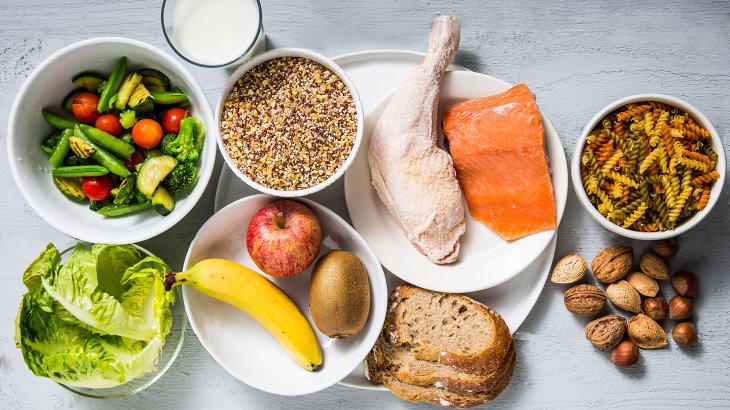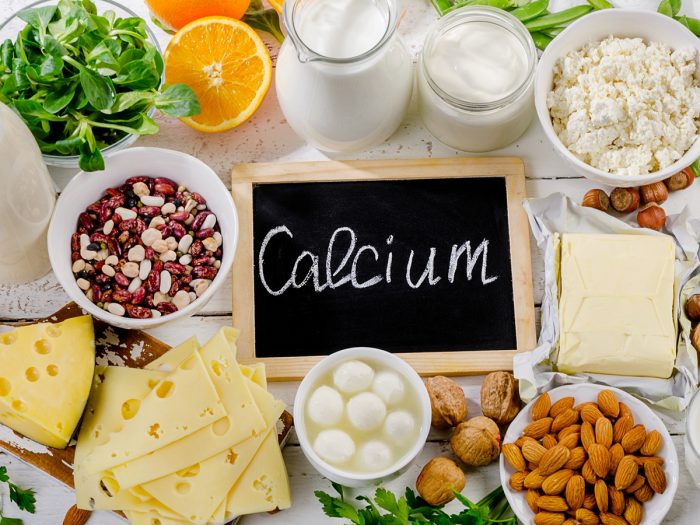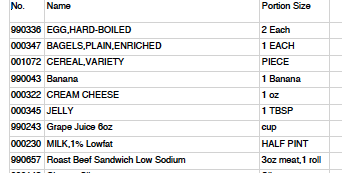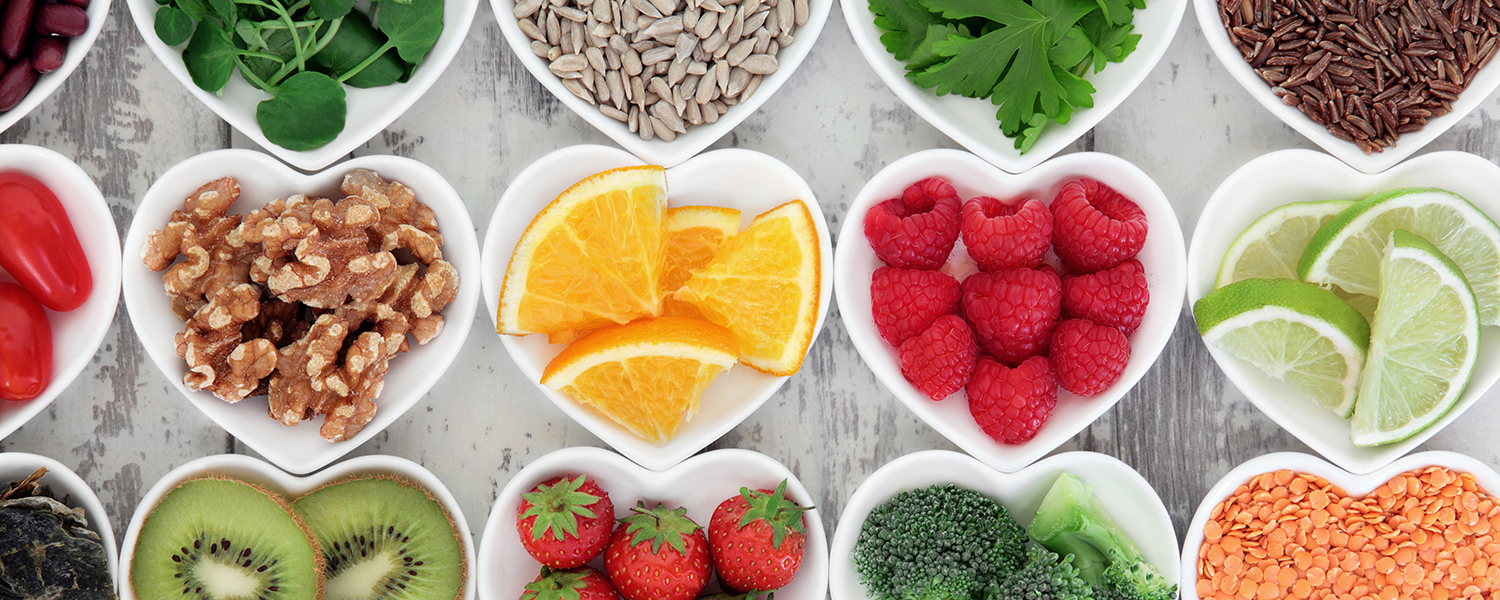
Potassium, an essential mineral that is necessary for several functions in our body. This mineral is obtained from the foods we eat. This electrolyte assists in normalizing blood pressure, pH balance, water balance, nerve contractions, muscular contractions, digestion & heart rhythm. Potassium is easily obtained from a diet that is rich in fresh fruits and vegetables. Unless a low potassium diet is prescribed, a diet rich in potassium may help off set some of the harm that a diet high in sodium may cause by helping the body rid itself of excess sodium.
Potassium rich foods are:
- fruits, such as apricots, bananas, kiwi, oranges, and pineapples
- vegetables, such as leafy greens, carrots, and potatoes
- lean meats
- whole grains
- beans and nuts
What does all this mean when it comes to your menus? Department for the Aging (DFTA) requires that seniors receive meals that are high in potassium. This means that one meal for DFTA programs must contain at least 1260mg of potassium, which is 1/3 of the recommended daily intake (RDI) for adults. This requirement is met by providing programs with fresh fruit and vegetables.




